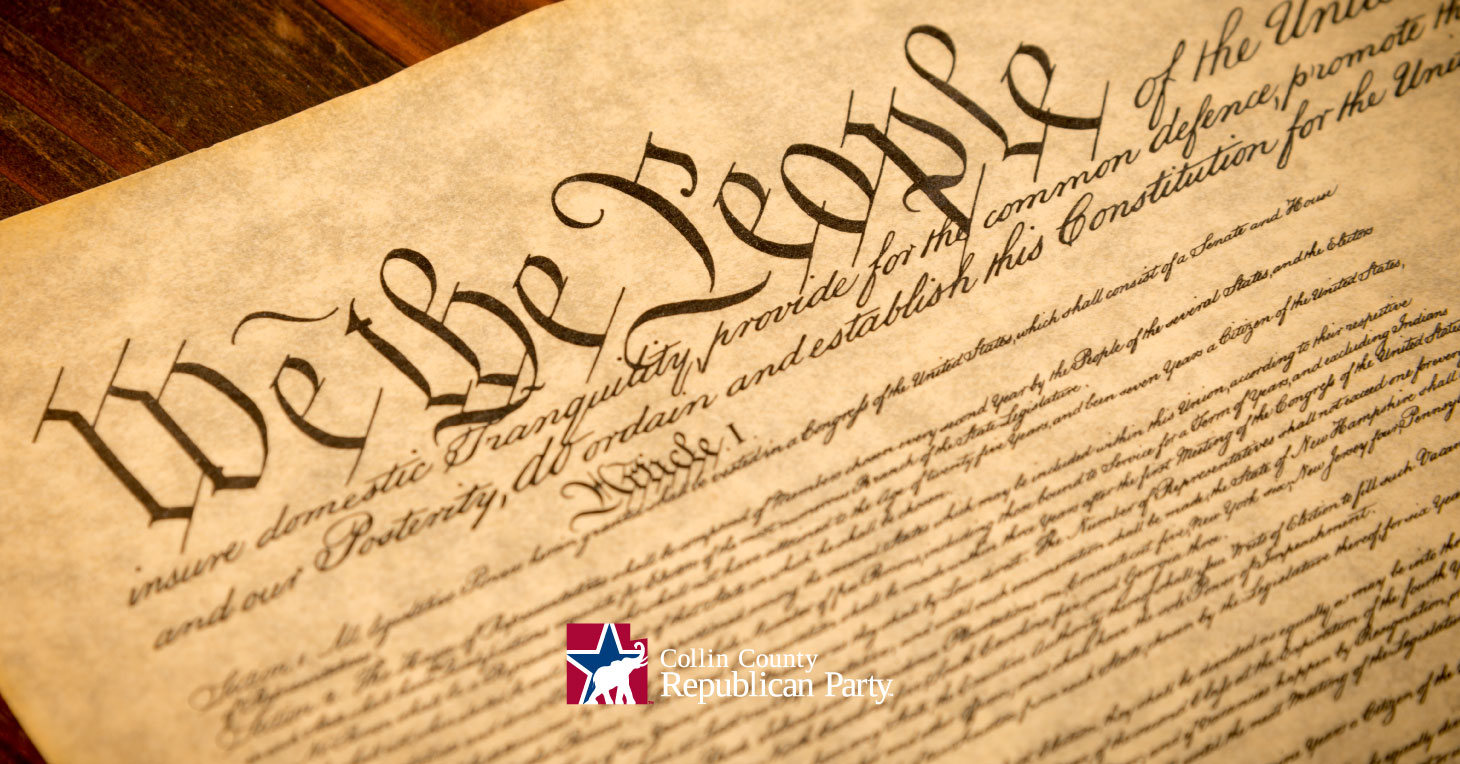The story of the passage of the 27th Amendment to the Constitution is the story of how it takes only one determined person to effect a major change.
The Amendment itself is very simple:
No law varying the compensation for the services of the Senators and Representatives shall take effect until an election of Representatives shall have intervened
In short, Congressional pay raises become effective with the following Congress after a Federal election, and do not take effect with the Congress that voted on that pay raise. This Amendment was one of twelve articles that were approved by Congress in 1789, primarily authored by James Madison. By 1791 the states had approved Articles III – XII, and they were ratified as the first ten amendments to the Constitution in 1791, also known as the Bill of Rights. Article II, which eventually became the 27th Amendment, was ratified by only six states by the end of 1791, far less than needed.
In 1982 Gregory Watson, taking a political science course at the University of Texas at Austin, was given the assignment of writing a paper. He chose Article II of the original Bill of Rights, and argued in his paper that it was still a viable issue and could be ratified. The teaching assistant in the course gave the paper a ‘C’. Watson appealed to the course instructor, who felt the grade was appropriate. Watson’s response to the ‘C’ grade was not the usual one – he started a push to achieve ratification of the proposed amendment. He wrote to state legislatures throughout the country, asking them to consider ratification.
When Watson began his ratification campaign, eight states had ratified the amendment, the last being Wyoming in 1978 as a protest against a Congressional pay raise. In 1983, the State of Maine ratified the amendment, followed by Colorado a year later. In 1985 five states ratified the proposed amendment, including New Hampshire which had rejected it in 1790. By the end of 1989 over thirty states had voted for ratification, including Texas. Watson was approaching the 38 states (three-quarters of the 50 states) needed for ratification.
In 1992 Michigan became the 38th state to ratify. Later that month the Archivist of the United States certified its adoption, and Article II completed it’s over 200 year journey to become the 27th Amendment to the United States Constitution. However, the story doesn’t end there. Subsequent to the Amendment’s ratification, it was determined that Kentucky had actually ratified the Amendment in 1792, thus making Alabama, who ratified the Amendment two days before Michigan, the actual thirty-eighth state.
As for Gregory Watson, he has worked in the Texas Legislature for 38 years, and is currently a Legislative Policy Analyst for a State Representative.
Finally, a note about that college paper that started this all. In 2016 a UT-Austin Government Professor became interested in Watson’s story. He was able to locate Sharon Waite, the now-retired course instructor who agreed with the ‘C’ grade so long ago, and told her of Watson’s efforts to pass the 27th Amendment. She agreed that Watson did indeed know how the Constitution works and how to be politically active.
The following year a change of grade form was signed off on by both Sharon Waite and the Government Professor. Gregory Watson now has a grade of A+ for his paper.




